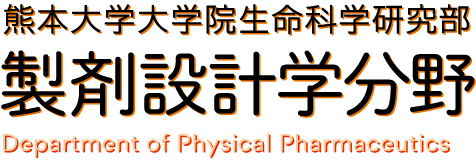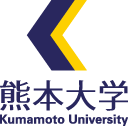Journal of Inclusion Phenomena and Macrocyclic Chemistry
44 (1-4): 361-364, December 2002
Copyright © 2002 Kluwer Academic Publishers
All rights reserved
Cell-Specific Gene Transfer by α-Cyclodextrin Conjugates with Mannosylated Polyamidoamine Dendrimers
Hidetoshi Arima, Koki Wada, Fumihiro Kihara, Toshihito Tsutsumi, Fumitoshi Hirayama,
Kaneto Uekama
Abstract
To improve the activity and the cell specificity of gene transfer of polyamidoamine starburst dendrimer, we prepared α-CyD conjugates with mannosylated dendrimers (generation 2 (G2), man-α-CDE conjugates) having various degrees of substitution (DS) of mannose residue. The man-α-CDE conjugates (DS 1, 3 and 5) formed complexes with plasmid DNA (pDNA), but man-α-CDE conjugate (DS 8) did not. The gene transfer activity of man-α-CDE conjugates (DS 1, 3 and 5) and α-CDE conjugate was augmented with an increase in the charge ratio of vector/pDNA, without showing cytotoxicity. Man-α-CDE conjugates (DS 3 and 5) showed higher gene transfer activity than α-CDE conjugate in A549 cells, which recognize mannose, but man-α-CDE conjugates (DS 1 and 8) showed almost comparable gene transfer activity to α-CDE conjugate (G2). On the other hand, no appreciable enhancing effect of man-α-CDE conjugates (DS 3 and 5) on the transfer activity was observed in NIH3T3 cells, which do not recognize mannose. These findings suggest that man-α-CDE conjugates (DS 3 and 5) can be new preferable cell-specific non-viral vectors of pDNA to cells which recognize the mannose moiety.
Keywords
cyclodextrin, dendrimer, gene transfer, mannose, targeting


